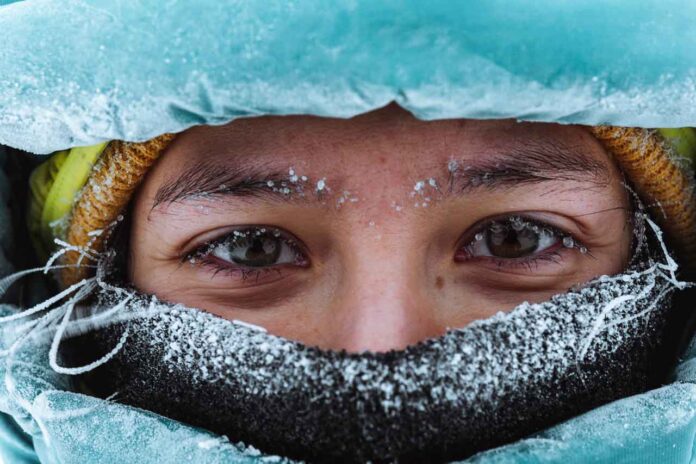Introduction to Frostbite
THUNDER BAY – LIVING – Living in Western and Northern Ontario cold winter days is a part of life. We live in a climate where frostbite is a fact or winter life.
Frostbite is a severe medical condition resulting from extreme cold exposure, where the skin and underlying tissues freeze. This usually occurs in body parts furthest from the heart, like fingers, toes, ears, and nose.
What Happens During Frostbite?
During frostbite, the affected area becomes very cold and red, then numb, hard, and pale. It’s caused by the freezing of the skin and underlying tissues, which can lead to cell death. In severe cases, it can result in amputation.
Why is Frostbite Dangerous?
Tissue Damage and Health Risks
Frostbite poses serious health risks. Initial stages may be reversible, but severe frostbite can cause permanent tissue damage. Prolonged exposure can lead to gangrene, requiring surgical intervention.
Complications and Long-Term Effects
Complications include increased risk of infection, long-term numbness, changes in skin color, and even frostbite arthritis. Severe cases might lead to long-term nerve damage and loss of affected limbs.
Prevention: The Best Defense Against Frostbite
Dress Appropriately
Layer your clothing to stay warm and dry. Focus on insulating materials and windproof, waterproof outer layers. Don’t forget hats, gloves, scarves, and insulated boots.
Be Aware of Weather Conditions
Always check the weather forecast. Avoid going outdoors in extremely cold or windy conditions. Understanding wind chill factors is crucial since they can accelerate the onset of frostbite.
Keep Moving
Staying active boosts circulation, especially in extremities. However, avoid overexertion, as sweating can make clothes damp, leading to quicker heat loss.
Stay Hydrated and Well-Fed
Dehydration increases frostbite risk. Drink warm, sweetened fluids and ensure a well-balanced diet to maintain energy levels.
Know When to Seek Shelter
Limit time outdoors, especially in extreme conditions. If you feel numbness or pain in any body part, seek shelter and warm up gradually. Don’t rub the affected area, as this can cause more damage.
Frostbite Treatment Myth
The misconception that rubbing frostbitten fingers (or any frostbitten areas) with snow is beneficial likely stems from outdated beliefs and a misunderstanding of how to treat cold injuries. Historically, some people thought that snow, being cold, could somehow “balance out” the extreme cold effect that caused frostbite in the first place. This belief is not only incorrect but also potentially harmful. Here’s why:
- Misunderstanding of Cold Injury: Frostbite occurs when skin and other tissues freeze due to extreme cold. Rubbing snow on these areas adds more cold to already damaged tissues, potentially worsening the injury.
- Physical Trauma: Rubbing a frostbitten area, whether with snow or anything else, can cause physical damage to tissues that are already fragile and susceptible to injury. Frostbitten tissues are frozen and lack normal blood flow, making them more prone to damage.
- False Sense of Treatment: Using snow might give a temporary illusion of relief due to the numbing effect of the cold. However, this does nothing to treat the underlying tissue damage and can delay proper medical care.
The proper way to treat frostbite is to gradually warm the affected area in a controlled manner, such as by immersing it in warm (not hot) water or by using body heat (like placing frostbitten fingers under your armpits). It’s crucial to avoid direct heat sources (like a fire or heater) and to avoid walking on frostbitten feet or toes. Medical attention should be sought as soon as possible, especially for severe cases.
Conclusion
Frostbite is a serious condition but largely preventable with proper knowledge and precautions. Awareness, appropriate clothing, and careful monitoring of weather conditions are key to staying safe in cold environments.







